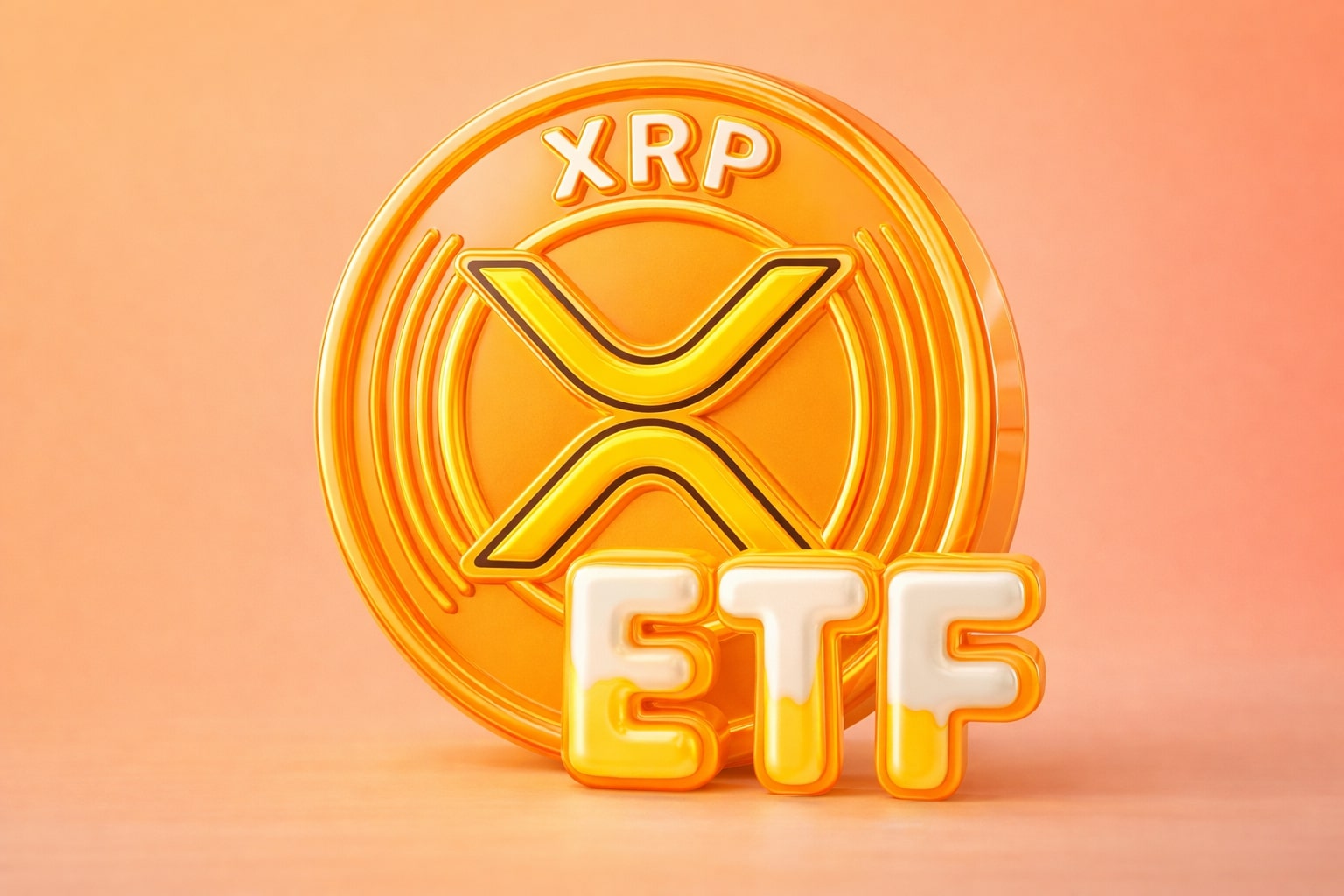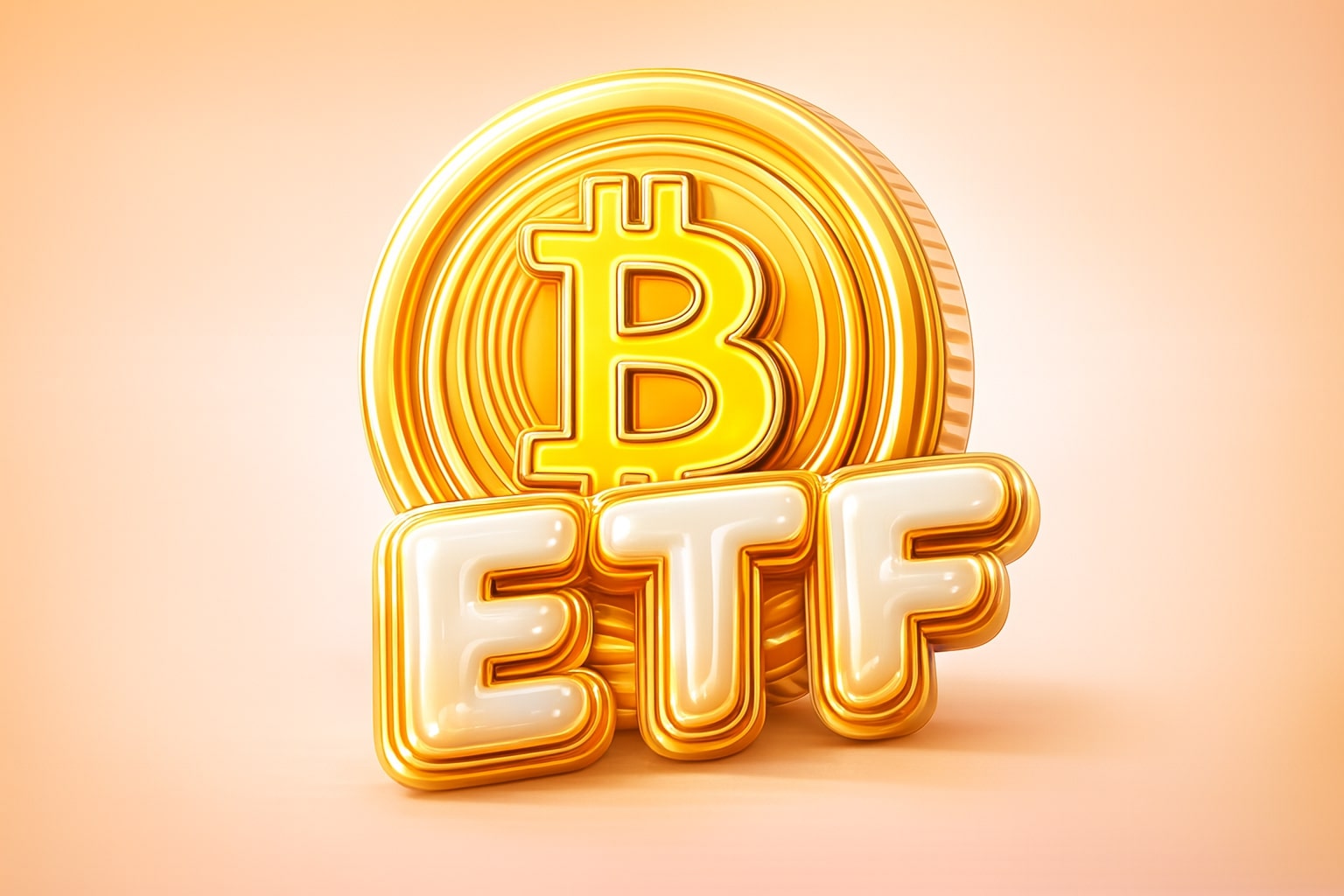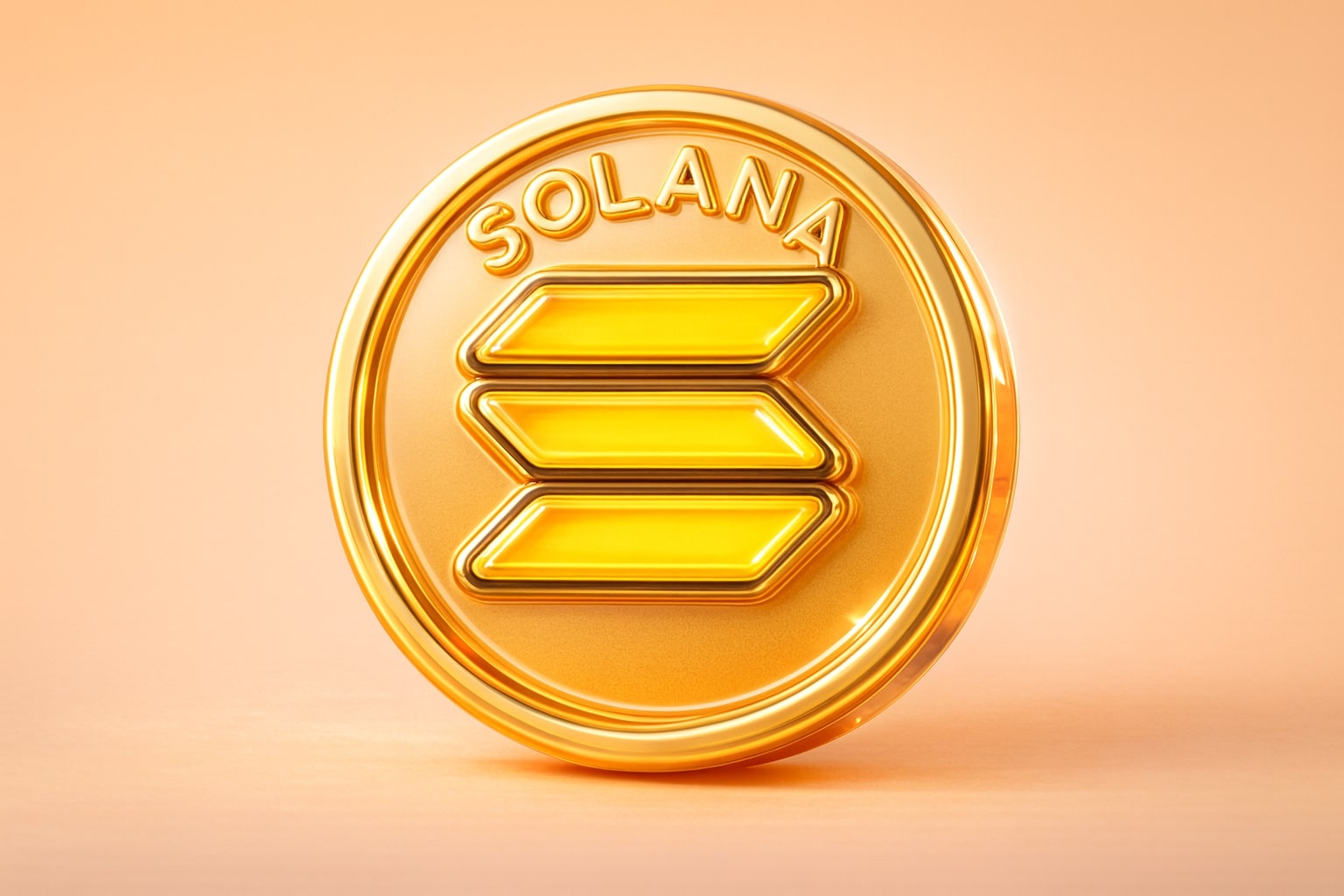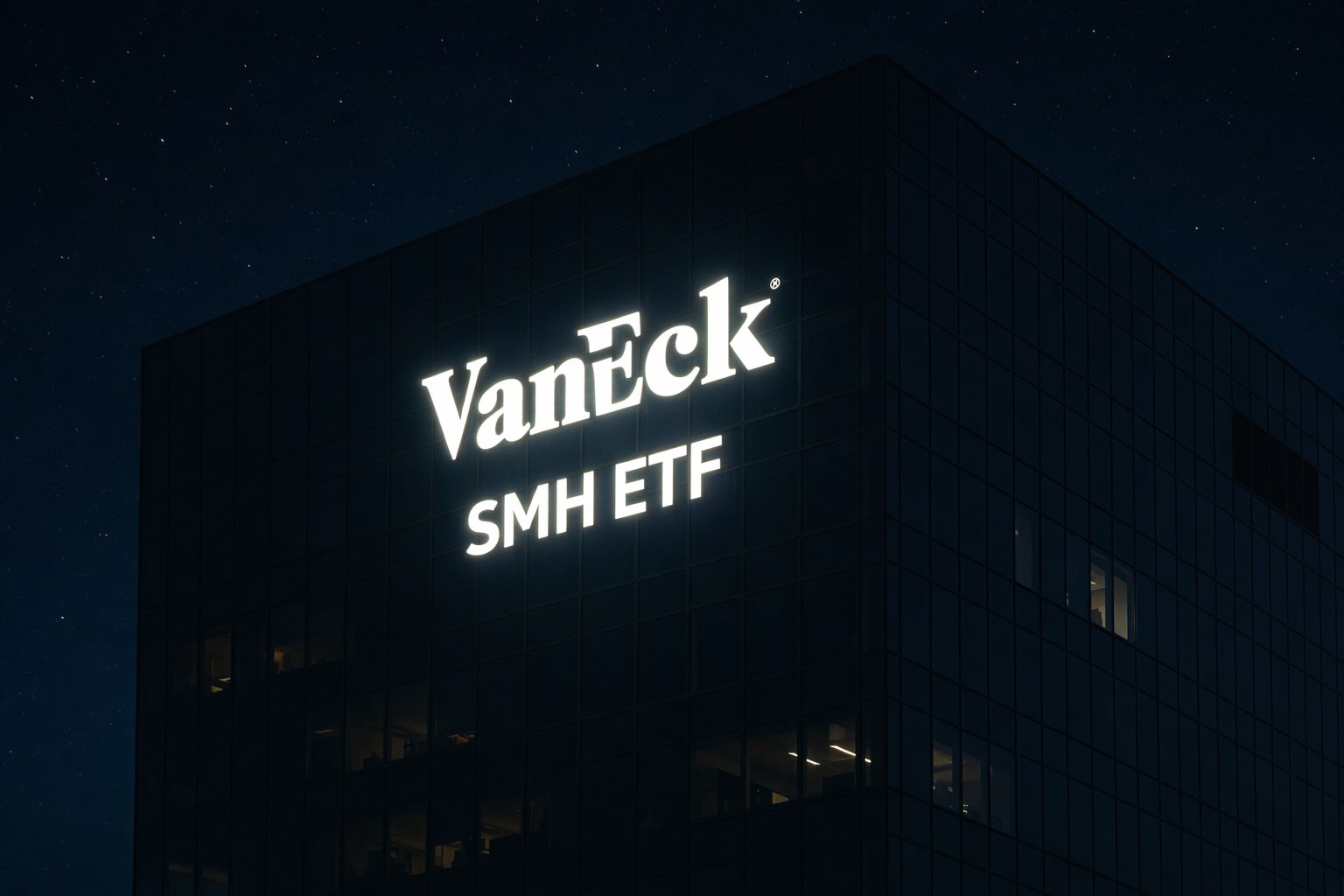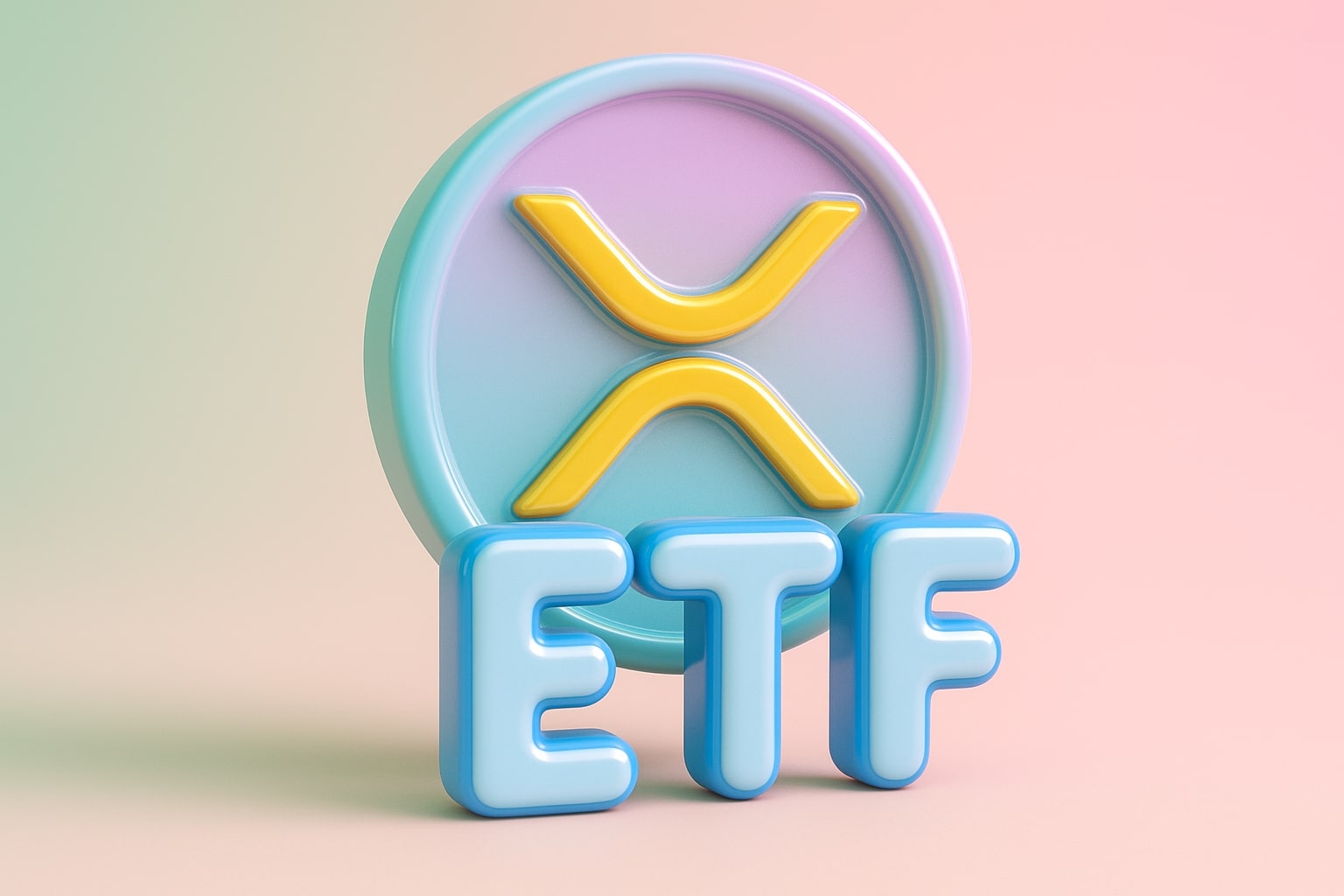
Ripple’s XRP ETFs Fall as SEC Gridlock Stalls Approvals — XRPI at $14.17, XRPR at $19.56
As the SEC backlog hits 155 crypto ETF filings, Ripple’s XRPI and XRPR ETFs tumble alongside XRP-USD at $2.35 | That's TradingNEWS
Ripple’s XRP ETFs Face Volatility as XRPR and XRPI Slide Ahead of SEC Decisions
The XRP ecosystem entered a turbulent phase as both XRPR ETF (BATS: XRPR) and XRPI ETF (NASDAQ: XRPI) retreated sharply on October 22, reflecting uncertainty over delayed XRP-spot ETF approvals amid the ongoing U.S. government shutdown. XRPR dropped 4.91% to $19.56, while XRPI slipped 4.96% to $14.17, with after-hours trading pulling it further to $14.00 (-1.20%). Despite the weakness, both funds remain at the heart of Ripple’s push for mainstream adoption through regulated investment vehicles that could redefine liquidity for XRP-USD ($2.35, -5.17%).
ETF Filings Surge to Record Levels as XRP Competes With Solana and Bitcoin
The SEC backlog has ballooned to 155 crypto ETF filings, with 20 XRP-focused applications awaiting review. XRP now competes directly with 23 Solana (SOL) and 23 Bitcoin (BTC) spot ETF proposals, forming a congested approval landscape. According to ETF analysts, the shutdown-driven delay may extend decisions well into Q1 2026, affecting the timeline for the first regulated XRP ETF under the ticker XRP. The extensive queue underscores a structural shift — traditional finance (TradFi) is demanding token exposure through ETFs, yet the SEC’s limited capacity has created a bottleneck that’s weighing on sentiment across all single-asset crypto funds.
Liquidity and Institutional Entry: The Strategic Role of XRP ETFs
The XRP-linked ETFs — led by XRPI and XRPR — serve a dual purpose: democratizing access for traditional investors and amplifying liquidity in Ripple’s cross-border payment network. Initial filings estimate potential fund inflows exceeding $3 billion, translating to hundreds of millions of XRP tokens that may need to be purchased from the open market. That magnitude could theoretically absorb nearly 5% of XRP’s circulating float, though analysts caution that demand will likely ramp gradually post-launch. Institutional participants including Grayscale, CoinShares, and WisdomTree are positioned among first-movers, reflecting renewed confidence after Ripple’s legal victory earlier this year.
Regulatory Pressure and Government Shutdown Stall the XRP ETF Launch
The 21-day U.S. government shutdown has become a critical headwind for XRP ETFs. The SEC, operating with reduced staff, has postponed final decision dates that were originally set between October 18–20 for key issuers. As a result, ETFs from Grayscale, 21Shares, and Bitwise remain in limbo. This delay not only suppresses speculative momentum in XRP-USD but also halts capital inflows into XRPI and XRPR, both of which were positioned to benefit from early institutional allocations. The Senate’s pending vote on a stopgap funding bill could reopen the government and reignite ETF approval processes, potentially triggering a renewed surge in both XRP and its ETF derivatives.
Ripple’s Treasury Strategy and $1B Reserve Plans Reinforce Long-Term Narrative
Behind the market volatility, Ripple’s broader strategy continues to evolve. Reports of Evernorth building a $1 billion XRP treasury reserve signal growing corporate adoption for using XRP as a liquidity and settlement asset. The move, combined with Ripple’s pursuit of a U.S.-chartered bank license, points to a shift from speculative trading toward institutional-grade infrastructure. The establishment of XRPI and XRPR ETFs complements this direction, giving regulated pathways for fund managers and corporate treasuries to gain exposure to XRP without direct custody. This development also enhances Ripple’s ambition to become a systemic component in global remittances and crypto treasury management.
Technical Picture: Key Levels for XRP-USD as ETF Delays Pressure the Market
The broader XRP market reflects investor anxiety. After failing to break above $2.50 resistance, XRP-USD dropped 5.17% to $2.35, with volume spikes suggesting broad profit-taking. Technical setups highlight immediate support near $2.40, followed by critical zones at $2.00 and $1.90. Resistance sits at $2.70 and $3.00, with the 200-day EMA at $2.6154 acting as a pivotal barrier. Momentum indicators lean bearish, as the token trades below both the 50-day and 200-day moving averages, yet accumulation patterns suggest institutional bids remain active near $2.20. For XRPR, support lies at $19.40, with a potential rebound zone around $18.90; for XRPI, traders watch $14.00–$13.80 as short-term floors.
Competition Intensifies: Solana and Bitcoin ETFs Challenge XRP’s Timeline
XRP’s ETF narrative is being shaped by rivalry. With Solana’s 23 filings and Bitcoin’s ongoing spot ETF expansion, the market’s attention remains divided. ETF strategists predict that basket-based crypto ETFs — such as 21Shares’ Crypto Basket ETP (HODL) and CoinShares Top 10 Index (CTEN) — could absorb more institutional flows than single-token products like XRPR or XRPI in the short term. Nonetheless, the unique regulatory clarity surrounding Ripple gives XRP an edge in becoming the first non-Bitcoin crypto ETF with U.S. approval. Should the SEC green-light XRP ETFs in early 2026, it would cement the asset’s legitimacy and likely spark inflows similar to the $15 billion recorded by Bitcoin ETFs within their first quarter of trading.
Read More
-
SMH ETF: NASDAQ:SMH Hovering at $350 With AI, NVDA and CHIPS Act Fueling the Next Move
16.12.2025 · TradingNEWS ArchiveStocks
-
XRP ETFs XRPI and XRPR: Can $1B Inflows Lift XRP-USD From $1.93 Back Toward $3.66?
16.12.2025 · TradingNEWS ArchiveCrypto
-
Natural Gas Price Forecast: NG=F Falls to $3.80–$3.94 as Warm Winter Kills $5.50 Spike
16.12.2025 · TradingNEWS ArchiveCommodities
-
USD/JPY Price Forecast - USDJPY=X Slides, BoJ 0.50% Hike, Fed Cut and NFP Set the Next Big Move
16.12.2025 · TradingNEWS ArchiveForex
Ripple’s Partnerships Drive Adoption Ahead of ETF Approval
Ripple’s alliances remain central to sustaining long-term growth. The company’s collaborations with GTreasury, Santander, and Tranglo have expanded its footprint in institutional payments, positioning XRP as a settlement layer for corporate finance operations. These integrations are not only enhancing transaction volume but also reinforcing the case for regulated ETFs as conduits for liquidity. In parallel, Ripple’s On-Demand Liquidity (ODL) network saw a 42% year-over-year transaction increase, signaling that fundamental demand for XRP remains strong even amid market pullbacks. These operational metrics provide the fundamental basis for the ETF ecosystem’s legitimacy once approvals progress.
Investor Sentiment Split as Market Awaits SEC Reopening
Market sentiment around XRP ETFs has turned mixed. On one hand, the delay in approvals triggered speculative unwinding across XRP pairs, evident in the 44K daily average volume in XRPR and 626K in XRPI. On the other, large wallets continue to accumulate — on-chain data shows addresses holding over 10 million XRP increased by 2.7% since October, suggesting confidence in long-term upside. The ETF delay has simply deferred, not erased, demand. Institutional allocators, particularly hedge funds and crypto index products, are maintaining placeholder allocations awaiting SEC clarity.
Price Forecast and Rating
Based on current data, XRP-USD faces a binary setup driven by regulatory outcomes. A government reopening combined with SEC progress on XRP-spot ETFs could catalyze a breakout toward $2.70–$3.00, with extended upside potential to $3.50–$4.00 by mid-2026 as capital flows normalize. Conversely, prolonged gridlock could push XRP back toward $2.00, testing investor conviction.
Both XRPI and XRPR remain speculative ETF proxies at this stage — their correlation to XRP spot prices exceeds 0.88, amplifying both gains and losses. Given the macro backdrop, liquidity metrics, and the SEC’s posture, the stance remains Hold with a bullish bias. Ripple’s structural position in global payments, combined with pending ETF inflows, supports medium-term appreciation despite short-term volatility














